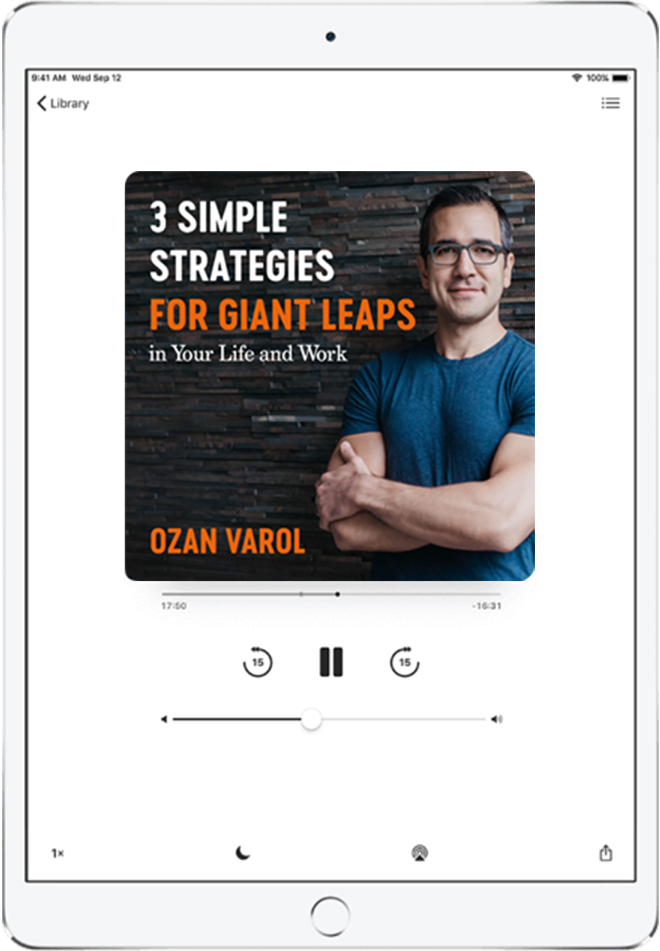When I was growing up in Istanbul, our electricity supply was highly unreliable. Power would come and go as it pleased and, as a little boy, I’d get terrified whenever we had a blackout.
To distract me, my dad came up with a game.
When the power went out at night, he would light a candle, take my soccer ball, and simulate how the Earth (the soccer ball) rotated around the Sun (the candle).
These were my first astronomy lessons. I was hooked.
I became obsessed with space travel and began to read every science-fiction book I could get my hands on. On old Betamax tapes, Carl Sagan would speak to me through the original Cosmos series (I didn’t speak a word of English, so I didn’t understand what he was saying. But I listened anyway).
Later on, I started to tell my friends and teachers that I’d work on a NASA space mission one day. Their near-unanimous response?
You can’t do it.
The argument boiled down to this: You’re a skinny kid with a funny name born into modest circumstances in a developing country. People like you don’t work on space missions. Maybe in another life.
Thankfully, my parents didn’t believe those made-up limitations. They encouraged me to pursue my moonshot, which, eventually, brought me to the United States and landed me a spot on the operations team for the 2003 Mars Exploration Rovers mission.
“You can’t do it” has echoed throughout history to remind us to know our place, to pursue small dreams rather than moonshots, and to coast rather than soar. Behind every successful moonshot is a person who pushed forward when others said, “You can’t do it.”
Build a machine that allows people to fly around like a bird? You can’t do it.
Put a man on the Moon when the metals required to build the rockets hadn’t even been invented? You can’t do it.
Overcome gender barriers and develop the theory of radioactivity at a time when universities routinely denied women research positions? You can’t do it.
Transmit information without using wires? You can’t do it.
Launch people into space as a scrappy private company, beating all established industry players and major governments to the finish line? You can’t do it.
Just 66 years after the Wright brothers took their first powered flight, Neil Armstrong took his giant leap for mankind. Marie Curie became the only person to win two Nobel Prizes in two different scientific fields. Nikola Tesla’s vision of wireless transmission became reality decades later with wi-fi. Earlier this year, a SpaceX Falcon 9 rocket launched out of the atmosphere and into the record books by shuttling Doug and Bob to the International Space Station.
Breakthroughs are reasonable only in hindsight. “Most highly successful people have been really right about the future at least once at a time when people thought they were wrong,” Sam Altman writes. “If not, they would have faced much more competition.”
Today’s laughingstock is tomorrow’s visionary. If people want to chuckle at your supposed naivete or call you unreasonable, wear it as a badge of honor.
And the next time someone tells you, “You can’t do it,” just smile and reply:
Watch me.



